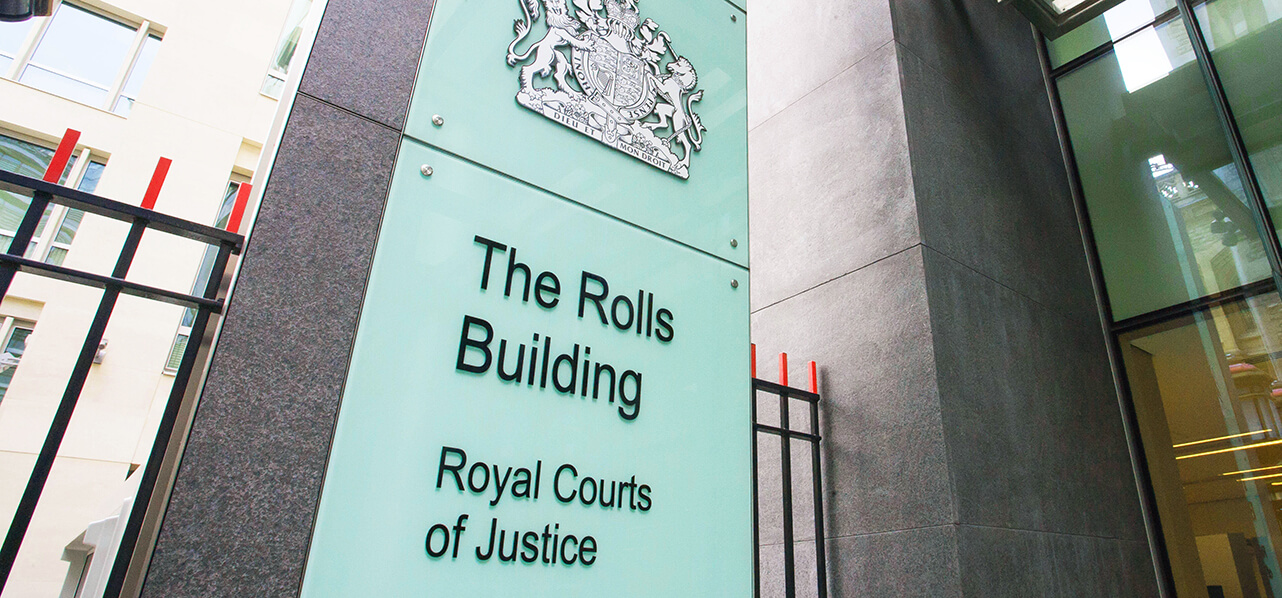Partner Sydney
"While the changes have been more evolutionary than revolutionary, investors in the region will be interested in the quite extensive amendments made to AANZFTA's Investment Chapter."
Introduction
On 21 August 2023, ASEAN, Australia, and New Zealand signed the Second Protocol to Amend the Agreement Establishing the ASEAN-Australia-New Zealand Free Trade Area (the “Second Protocol”), bringing several amendments, improvements and additions to their longstanding free trade agreement known as AANZFTA. While the changes have been more evolutionary than revolutionary, investors in the region will be interested in the quite extensive amendments made to AANZFTA’s Investment Chapter – including new disciplines and a work programme to review AANZFTA’s investor-state dispute settlement (“ISDS”) mechanism.
Background
AANZFTA entered into force in 2010 and remains one of ASEAN’s highest quality free trade agreements. In 2014, AANZFTA’s First Protocol introduced a number of goods-related changes to the agreement. AANZFTA’s General Review was completed in 2017 and led to a range of recommendations in 2018, including to negotiate an upgrade. The upgrade negotiations were launched in 2020, and substantively concluded in November 2022. The Second Protocol will enter into force 60 days after Australia, New Zealand and at least four ASEAN Member States have deposited their ratifications with the ASEAN Secretariat. This is unlikely to occur until late 2024 at the earliest.
Key changes in the Second Protocol
The Second Protocol includes amendments across thirteen of AANZFTA’s eighteen chapters, much of which draw heavily from the Regional Comprehensive Economic Partnership Agreement (“RCEP”). Apart from the investment-related amendments, some of the key changes in the Second Protocol include:
"The Parties have also agreed to a new work program to review AANZFTA’s ISDS mechanism."
- new rules aimed at limiting the use of non-tariff barriers to trade and increasing transparency around their use;
- provisions to support the flow of essential goods during crises;
- improved rules of origin provisions, making it easier for more goods to claim preferential tariff treatment;
- improved rules around regulations that apply to services trade to increase transparency and certainty for cross-border service suppliers;
- aligning the Electronic Commerce Chapter with RCEP’s data rules, and going beyond RCEP by also applying dispute settlement to these provisions after a transitional period;
- a new Trade and Sustainable Development Chapter to encourage cooperation between the Parties on sustainability issues; and
- a redrafted security exception that is closer to that found in agreements such as the Comprehensive and Progressive Agreement for Trans-Pacific Partnership and gives clearer deference to governments wishing to impose measures for essential security reasons compared to AANZFTA’s previous WTO-style exception.
Investment Chapter changes
The Investment Chapter of AANZFTA was also significantly amended as part of the upgrade. The key changes of interest to investors are:
Key contacts
Partner London
Partner Seoul
Special Counsel Sydney
Senior Associate Sydney
Associate Bangkok
"Australia is also currently facing an ISDS claim under AANZFTA which is one of the largest on record."
- the introduction of a Most-Favoured-Nation (“MFN”) treatment obligation, requiring Parties to treat AANZFTA investors no worse than they treat investors from other countries;
- new obligations to not impose nationality or residency requirements for senior managers or boards of directors (“SMBD”);
- an upgraded prohibition of performance requirements (“PPRs”) obligation, that limits the use of conditions on investment such as domestic content or minimum export requirements;
- the inclusion of Schedules of Non-Conforming Measures detailing the areas in which Parties are not bound by specific Investor Chapter disciplines – such as MFN, SMBD and PPRs; and
- carving out investment screening regimes from ISDS and also State-to-State dispute settlement.
New ISDS work programme
In addition to the new and upgraded obligations in the Investment Chapter, the Parties have also agreed to a new work program to review AANZFTA’s ISDS mechanism. AANZFTA’s ISDS mechanism is relatively narrow in scope – applying only to a specified list of the Investment Chapter’s obligations and, as part of the upgrade, now not covering investment screening regimes either.
New Zealand has indicated that it attempted to have ISDS removed from AANZFTA entirely during the upgrade negotiations but was unable to do so. Instead, the Parties will meet again 18 months after the Second Protocol enters into force to discuss AANZFTA’s ISDS provisions. Their review must be completed 12 months after it commences. The Parties have also suspended the application of the Investment Chapter’s National Treatment non-discrimination obligation for 30 months from the date the Second Protocol enters into force.
"We can expect AANZFTA’s work program to tend towards removing or significantly limiting the scope of ISDS."
The review was negotiated at a time when the Australian and now former New Zealand government both opposed the inclusion of ISDS in new trade agreements. Australia is also currently facing an ISDS claim under AANZFTA which is one of the largest on record. Launched by Australian Clive Palmer, the claim is reportedly seeking over AU$300bn in damages. Furthermore, the ASEAN-centered RCEP does not contain ISDS (but instead has a work programme commencing by January 2024 to consider whether it should be added). Given this context, and the former New Zealand’s government stated position in the upgrade negotiations, we can expect AANZFTA’s work program to tend towards removing or significantly limiting the scope of ISDS in AANZFTA (although the recently elected government in New Zealand is yet to publicly state a position on this aspect of trade policy).
Conclusion
The changes to AANZFTA’s Investment Chapter bring some improvements to protections available to investors, alongside a range of new exceptions that may impact the availability of claims once the Second Protocol enters into force. Investors concerned regarding the impact of the changes to AANZFTA’s Investment Chapter on them may wish to evaluate the impact of the Second Protocol on their business, consider commencing any actions regarding extant claims before the Protocol enters into force, or ensure there are sufficient protections from other treaties applicable to their investments. Investors with an interest in retaining or improving AANZFTA’s ISDS mechanism should also consider engaging with relevant governments in the lead-up to the commencement of the work programme to ensure their views are heard.
Key contacts
Partner Sydney
Partner London
Partner Seoul
Special Counsel Sydney
Senior Associate Sydney
Associate Bangkok







